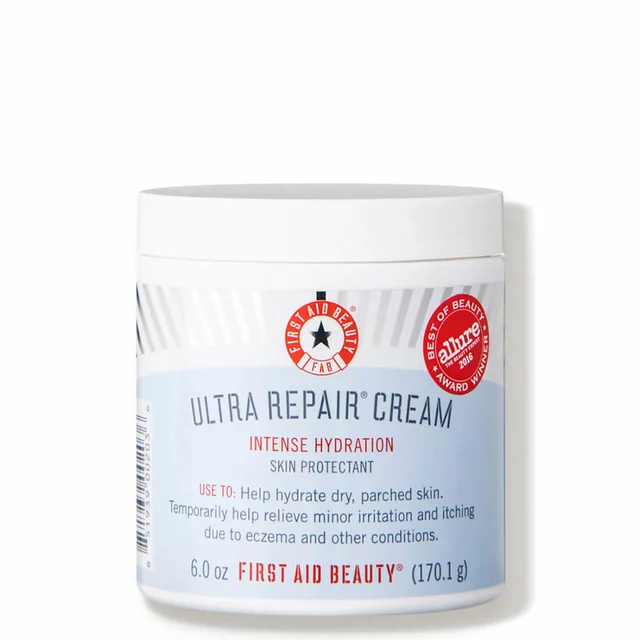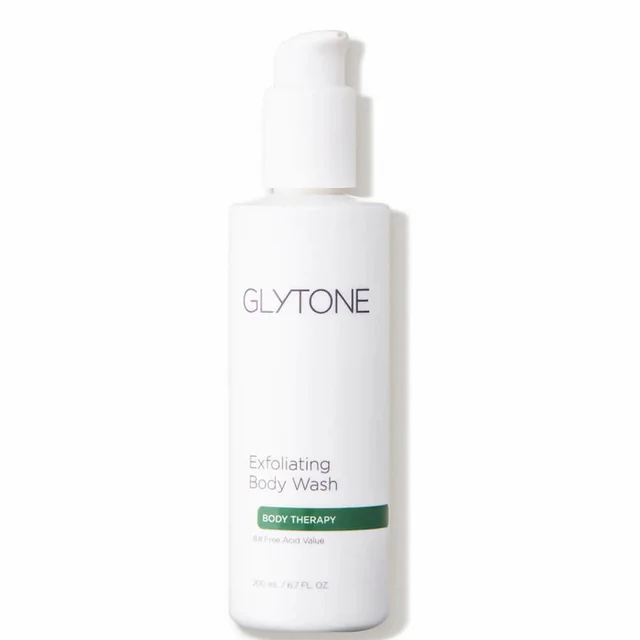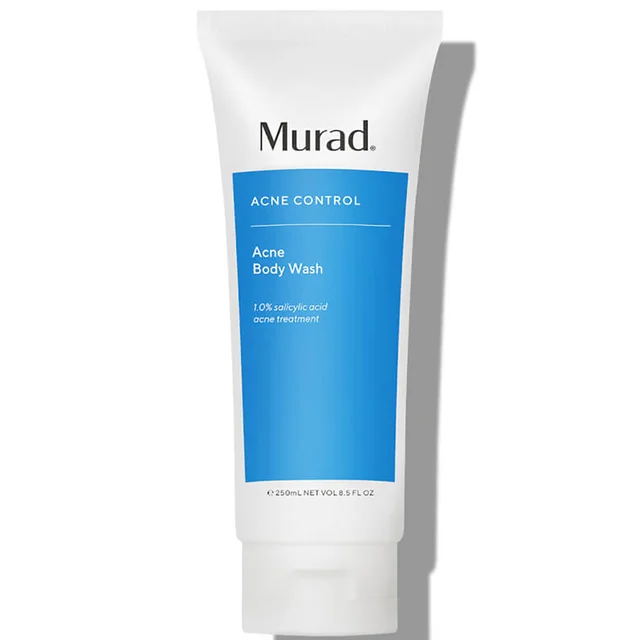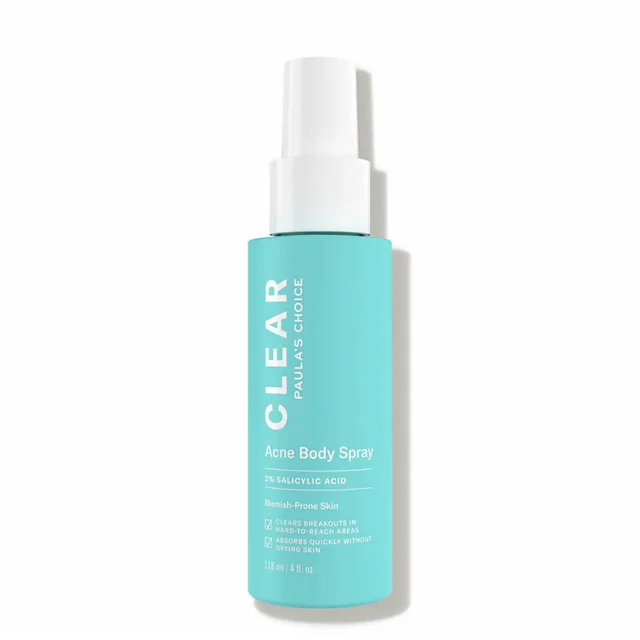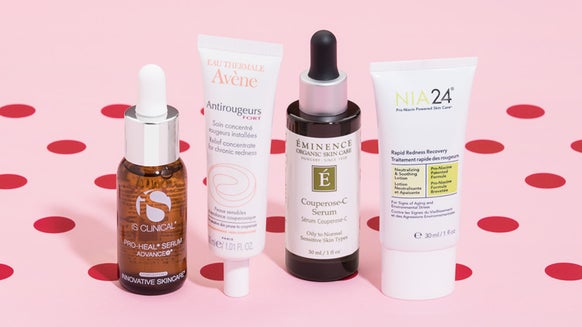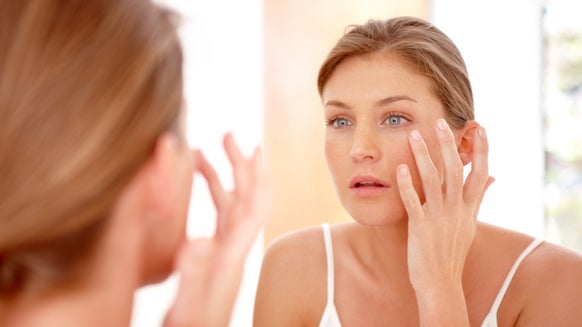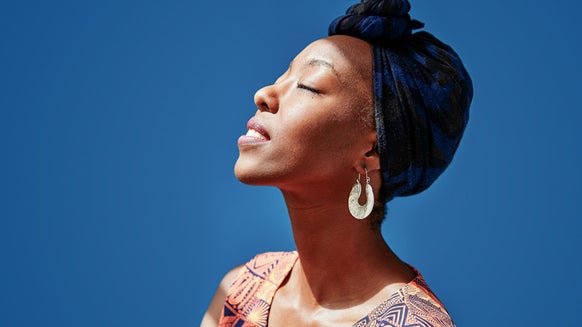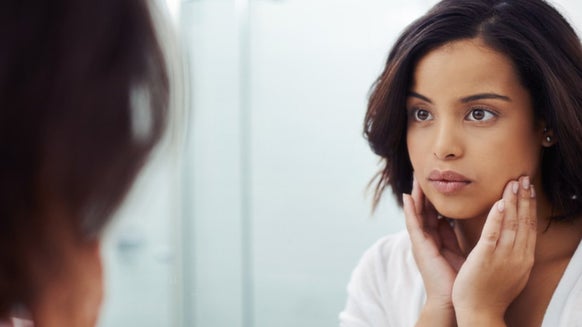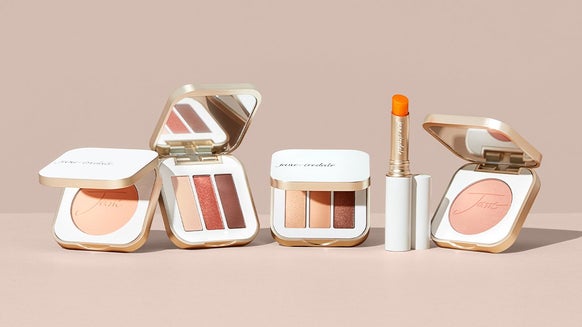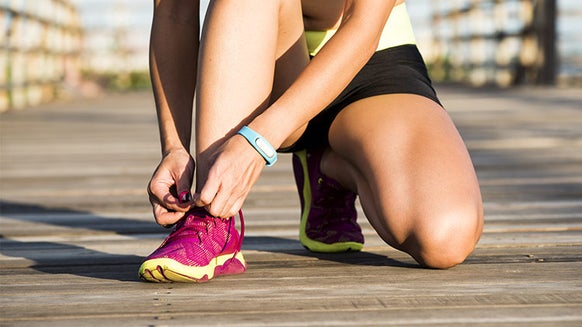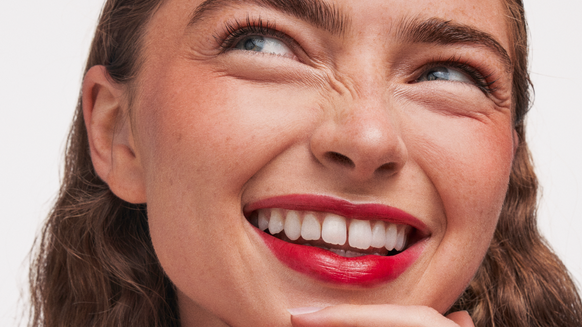Red Bumps on Arms: How to Identify & Treat Them
Ever noticed red bumps on your arms that seem to appear out of nowhere? Whether itchy or not, these spots are often easy to see and hard to ignore. You just can’t stop staring—or worse, scratching. Board-certified dermatologist Erin Gilbert, MD, PhD helps explain the various reasons for these red bumps, markers to help you identify the specific cause and treatment options for each.
1. Keratosis Pilaris
Many of us are familiar with the red bumps that feel like gooseflesh. We had it as kids, some of us still do. The cause for this is likely Keratosis Pilaris (KP). Resultant from a buildup of keratin, the hard protein the skin produces, Dr. Gilbert notes this common skin condition can be a variant of eczema. She says, “It occurs in different forms at different ages. Sometimes younger people have it on their faces, while older people can have it on their thighs or upper arms.”
Symptoms: KP appears as red bumps that do not hurt or itch, but are rough to the touch. While harmless, Dr. Gilbert advises that the condition may be made more severe due to weather. “Because your skin gets a bit drier in the winter,” Gilbert says, “Keratosis pilaris can get rougher and bumpier.” Due to the red areas around your hair follicles, “the red dots can become more visible in the summer months because you’re hotter and more often flushed.”
How to Deal: Moisturizing is key in treating KP. Dr. Gilbert recommends products that incorporate an ingredient to break up the keratin. Look for: alpha hydroxy acid, lactic acid, salicyli
2. Folliculitis
Symptoms: Upon closer inspection, the sore red bumps associated with folliculitis may be white-headed pimples. These spots are located around the hair follicles and can be quite itchy. Mild cases may clear up on their own, but severe infections can spread and require immediate treatment.
How to Deal: Dr. Gilbert advises seeing a dermatologist to determine what type of folliculitis you have. They may take a sample from the area to differentiate between the different types and prescribe the right treatment.
3. Acne
Symptoms: There are various types of acne, whiteheads and blackheads, as well as inflamed acne, which can appear as raised red bumps that are tender to the touch.
How to Deal: Depending on your type of acne, different treatments are available from topical to oral medications. Many cleansers and exfoliators are designed to minimize and treat breakouts.
4. Bug Bites
Symptoms: Bites can appear in a linear pattern and are extremely itchy. With bedbugs, Dr. Gilbert points to the “breakfast, lunch and dinner sign,” with one larger bite, then each successive bite being smaller and smaller, as the bug has gotten full during its flesh feast. (You’re itching all over right now, aren’t you?)
How to Deal: Steroid cream will help with the itching. Getting rid of bedbugs involves changing your mattress and having a professional treat your apartment or house. Scabies infestations require a skin-specific prescription full-body treatment using permethrin cream that kills the organisms. You cover your whole body in the cream and sleep with it on. Afterward, clean your sheets and follow any specific steps for ridding your space of your pest.

From the latest hair and makeup trends to the best solutions for your skin issues, we've got all your beauty concerns covered!
